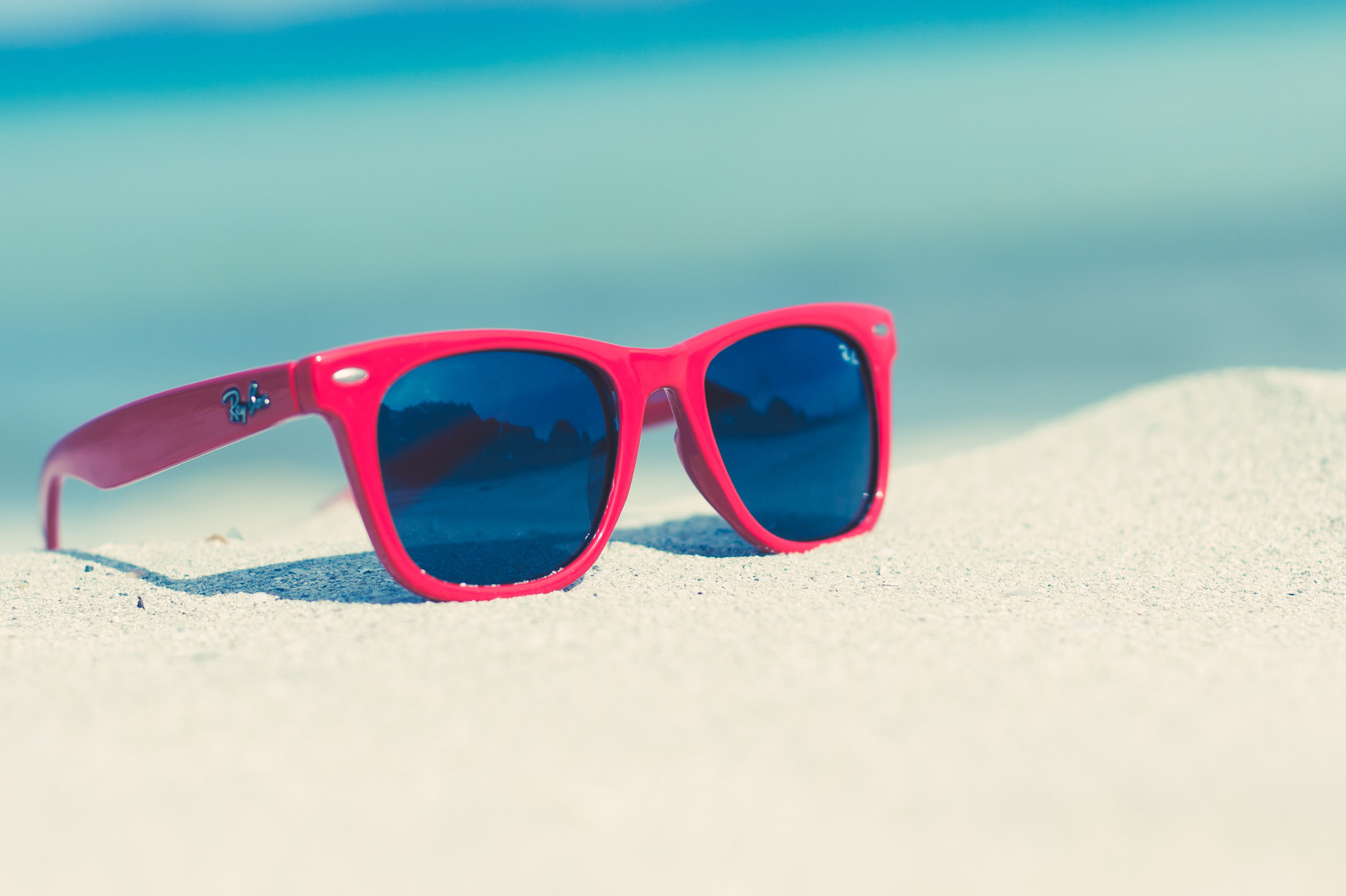Fall is one of my favorite seasons! I love sitting around a fire, eating s'mores, dressing up for Halloween, and carving pumpkins. The only thing I love more than carving a pumpkin is roasting the seeds and eating them...YUM!
My husband and I had to carve two pumpkins this year, and they were completely different sizes. One was big enough to fit a baby....
And one was just a regular pumpkin for our house.
I roasted the pumpkin seeds out of both pumpkins. In the bigger pumpkin, there were about 2 cups of seeds. And this was a BIG pumpkin. It was super heavy! The smaller pumpkin had 1.5 cups of seeds and it was much smaller and not very heavy at all. It surprised me that the smaller pumpkin had almost the same amount of seeds as the bigger one.
This got me thinking about a project we could do in my classroom one day. There would be so many different ways you could measure a pumpkin: weight, circumference, mass, stem size, amount of pumpkin seeds, etc. After your students documented all of this information, you could see if there was any correlation between the size of a pumpkin to amount of seeds inside.
This project would be a great way to integrate math and science and would be very fun! Watermelons would also be a good option!

















